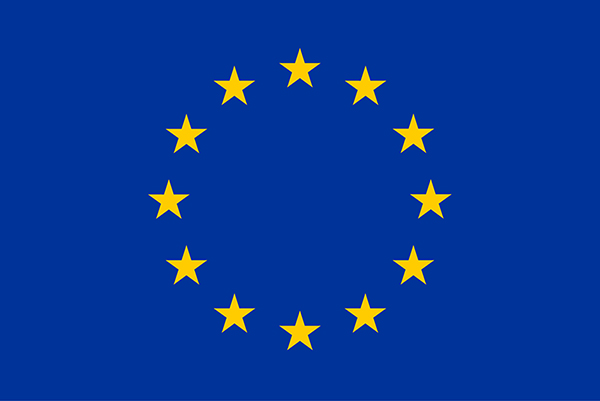The European Universities initiative has become one of the most visible networks of higher education institution (HEI) alliances on the continent in the last five years and a core element of European Higher Education strategy. The initiative supports the establishment of transnational alliances of HEIs (and other types of organisations as associate partners) in Europe, with the support of the European Commission and EU Member States. Building on progress during the initial pilot phase, which began in 2019, the initiative is now an integral part of the Erasmus+ 2021-2027 programme and involves some 350 higher education institutions.
All full members of the alliances are included in OrgReg, where more details on the alliances themselves, for example, the establishment date, name of legal entity or geographical location of the legal seat, are available. In ETER, you will be able to find the European University Alliance name, acronym and OrgReg ID. Associate members (HEIs only) are included where they are de facto full members (in particular, Swiss institutions participation of which is funded by the Swiss government, and British institutions, which self-fund participation in the alliances).
Monitoring the alliances is important for the European Commission, the Member States, alliance members and other European HEIs. The alliances have also become the focus of several research studies in Europe and beyond. To enable evaluators and researchers alike to access institutional-level data for allied institutions easily, we added alliance membership to the ETER database under the Basic institutional descriptors.
The figures above provide an illustrative example of how the new variables may be used together with the existing ETER data. Figure 1. depicts the total number of students (ISCED 5-7), and figure 2 shows the number of doctoral researchers (ISCED 8) in the alliances based on data for the academic year 2019/2020. While some of the alliances are clearly larger than others, the European Universities initiative is responsible for training significant numbers of researchers and students in Europe. Indeed, while the member institutions constitute less than 10% of the institutions within the ETER perimeter, they cover at least 54%—of all doctoral students in the EU and 36% of ISCED 6 and 7 (i.e. bachelor’s and master’s) students (Eurostat).
